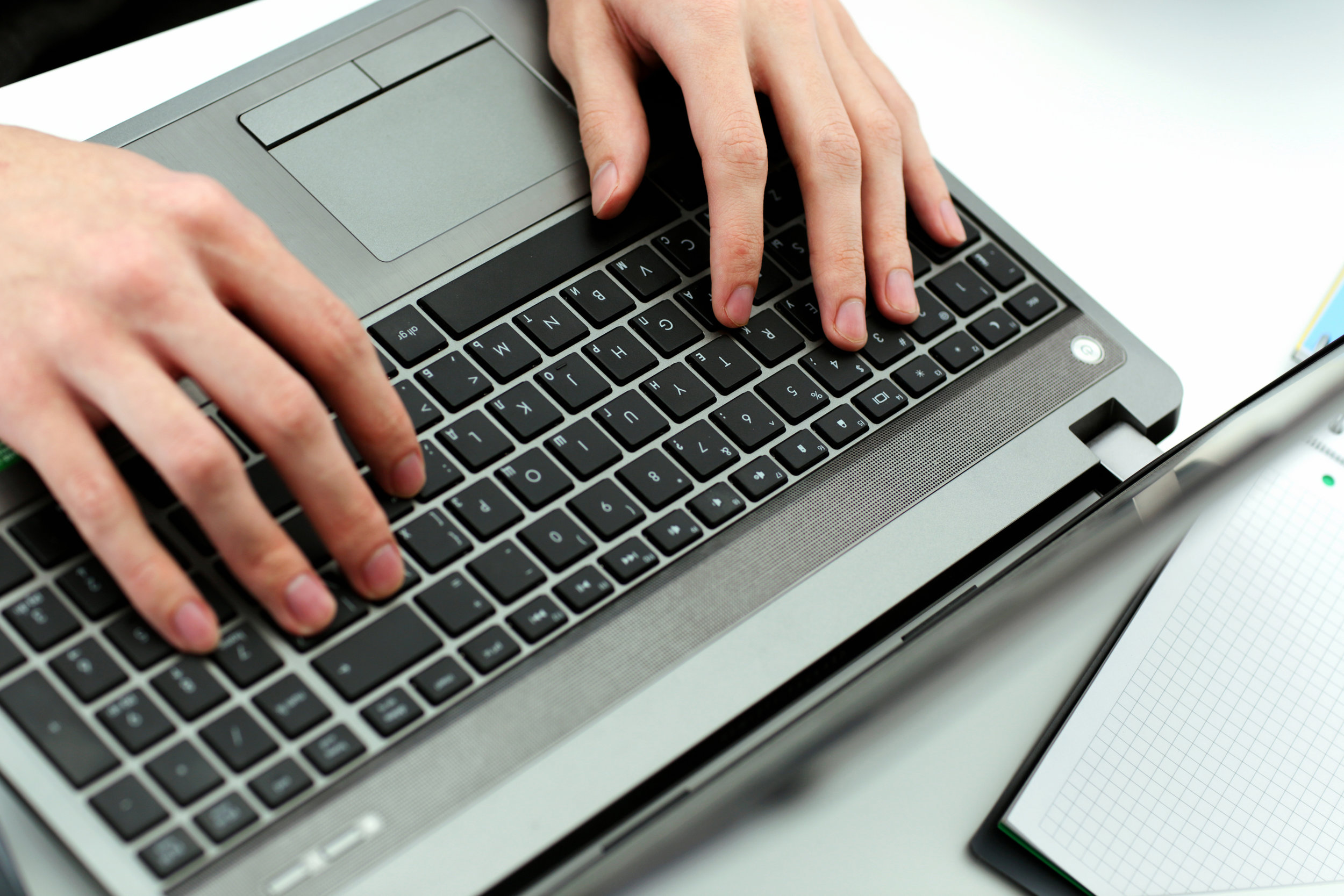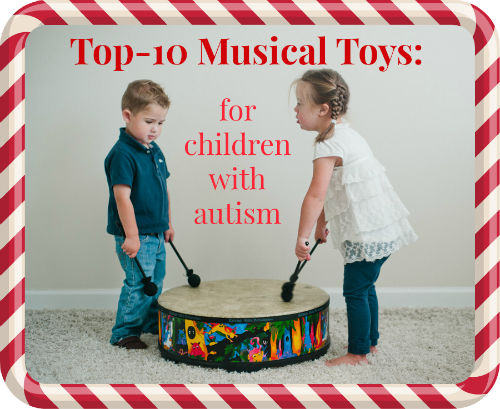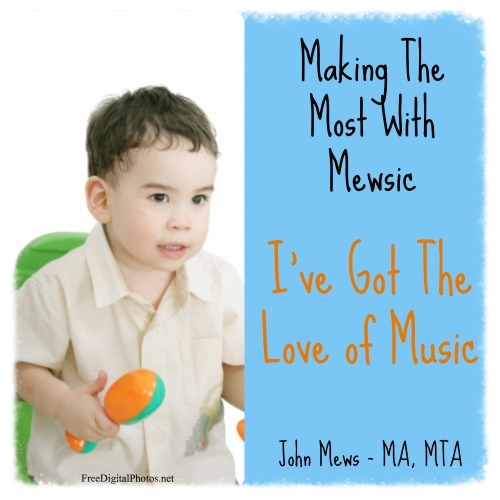
BLOGS
Educational blogs for parents and professionals
Autism Parenting Magazine Lists Music Therapy/Mewsic Moves as a Resource!
I've had the privilege of writing multiple articles for the autism parenting magazine over the past few years. They have covered many great topics and have been an amazing resource for parents, educators and therapists over the years. Some of my articles they've published are:
Last year the Autism Magazine also awarded us with the Top Music Therapy Writer for their magazine in 2014!
Just last month they have created an online resource for parents and I am so excited to announce that Mewsic Moves has made the list! We are so grateful to the Autism Parenting Magazine for all they do for families across the country, online and around the world. Thank you for being such a great tool and resource for so many.
You can find the resource list by clicking HERE.
You can also get your FREE copy of the Autism Parenting Magazine by clicking HERE.
Please share this resource with families of children with special needs and others who may benefit from any of these resources.
Let's Stay in Touch!
For FREE songs, videos and tips on how to support children with special needs through music click here.
Please share, like and leave your comments below as we love to hear from you.
Mewsic Moves Wins an Award!
I am so thrilled to announce that I have received the “Top Music Therapy Writer” award from Autism Parenting Magazine for 2014! This is a terrific magazine that provides education and support to families of children on the spectrum. The Autism Parenting Magazine was also proud recipients of the 2014 Gold Award for Online Resources (websites, eMagazines and blogs) in the category of Family/Parenting from the Mom's Choice Awards®.
Here is a list of some of the articles I contributed to the Autism Parenting Magazine:
I encourage you to check out this excellent magazine! Also, look for more articles from me this year. If you have questions or are interested in learning more about music therapy, please reach out to me. Your question might even inspire me to write my next article!
Click on the picture to the right to subscribe to the Autism Parenting Magazine.
Musically,
John Mews, BMT, MA, MFTI
john@mewsicmoves.com
www.mewsicmoves.com
You can also check out the Autism Parenting Magazine by CLICKING HERE
Check out my other blogs below
Let's be social:
Please share, pin, like and leave your comments below as I love to hear from you!
Top 10 Musical Toys For Children With Autism
This is the time year most people are out shopping for things to put under the Christmas tree. This can be an especially challenging time for parents of children with Autism. So many of the available toys are far too over-stimulating for these children
Over the years parents have asked about buying musical instruments for their child. I think these make great gifts, because they help the child engage in music making at home, which helps to reinforce what was learned during the music therapy session.
Here are my top ten musical instruments I recommend for children with Autism. For each one, I explain how the instrument can be utilized in a therapeutic and beneficial way. What a great dual purpose, a toy that’s also beneficial therapeutically! ( you can also click on each image or title for more information on the instrument).
1. Ukulele
The small size of the ukulele makes it great for small children and adolescents. It’s lightweight and narrow neck make it easy for the child to grasp. I find the Ukulele is useful for fine motor control when picking or strumming. You can also work on gross motor control if you rock the arm up and down to create strumming patterns. The Ukulele is also great for working on eye-hand coordination.
2. Recorder
Recorders are very popular with children and come in many colors. I often use this for language and speech development, primarily to aid in breath support and control. The recorder is also useful for working on fine motor skills that are needed to create different tones on the instrument.
I enjoy using the Sound Shapes®, because they are colorful, fun and come in different sizes, shapes and sounds. Sound Shapes® are easily stacked they don’t take up much room like most other stand-up drums and they are lightweight. The Sound Shapes® can provide therapeutic value in supporting eye-hand coordination, impulse control and to provide controlled sensory input.
4. Hand bells
Hand-bells come in various sizes and price ranges. I like these because they have a smaller scale (8 notes), are less expensive then others, and are quite durable. They are useful for developing fine motor skills, since you can simply press the top with your finger to make a sound. You can also use them to develop gross motor skills if you pick them up and ring them. I often use these to increase reading skills as well. I create color-coded music, which the child “reads” by playing the correctly colored bell. This also helps with visual tracking skills.
5. Cabassa
Cabassas come in various sizes. I prefer to use the larger ones, particularly if I want to use sensation and movement in my therapeutic approach. The weight of the cabassas can be useful for grounding a child, and you can roll the cabassa on the child’s arm, legs or back to create different sensations. A word of caution here – you should practice on yourself before using it on the child so that you know to use the right amount of pressure. The cabassa also can be useful for fine and gross motor skills, as well as visual and auditory stimulation when you roll it around and around.
6. Melodica
I often use the Melodica to support a child’s fine motor skills, breath control and eye-hand coordination. This is a less expensive option to purchasing a piano or keyboard.
7. Ocean Drum
Of all the drums I use in my practice, the Ocean Drum is by far the most popular. This drum comes is different sizes and colors. I prefer the ocean drum with fish inside, since it provides added visual stimulation. This instrument can be used to aid with relaxation, grounding, sensory-input, gross motor and impulse control. The sound of the ocean drum ranges from a loud crescendo of crashing waves to the gentle white noise of the sea foam bubbles dissipating on the warm sand.
8. Castanets
Castanets are fun, small and the least expensive instrument that most children love to play, mainly because they are touch-responsive. I have used this instrument to help children slow down from a fast paced-rhythm to a slower more regulated rhythm. This can be used as an auditory cue for children to understand their current energy levels and how they can learn to self-regulate. This instrument is also useful for developing fine motor skills, particularly for differentiating between using and isolating different finger movements.
I recommend buying a less expensive keyboard for therapeutic use. Children particularly seem to enjoy keyboards whose keys that light up as they are played. I use keyboards to help with fine motor skills, as an outlet to help children be creative and have fun on their own without direct instruction. Make sure your keyboard has a record button so your child can record their creative masterpieces and play it back. This helps them to feel good about their accomplishments, and allows them to share their work with others. This is particularly useful to enhance social skills and to promote sharing.
Like most of the instruments listed here, xylophones come in various sizes, colors and prices. For use at home I suggested something smaller, more colorful and less expensive. I prefer the wooden xylophones since they produce a lower-pitched sound, which helps to prevent over-stimulating a sensitive child’s auditory system. The xylophone can also help with a child’s eye-hand coordination, impulse control, gross motor skills as well as reading skills if you use color-coded music to match the notes on the xylophone.
I hope you find these list of instruments helpful in bringing some of the therapeutic benefits of music into your home. Please feel free to reach out to me if you have any questions about the appropriateness of a particular instrument for your child. If you are not working with a music therapist already, in most cases I can refer you to a qualified therapist in your area that can support your child’s development through music therapy.
This article has also been featured in this December issue of Autism Parenting Magazine.
Happy Holidays everyone!
Give the Gift of Music This Holiday Season!
Musically,
John Mews, BMT, MA, MFTI
john@mewsicmoves.com
www.mewsicmoves.com
Let's be social:
Please share, pin, like and leave your comments below as I love to hear from you!
5 Helpful Tips to Make Your Child's I.E.P Meeting More Tolerable Than Terrifying
For most parents, Individual Education Plan (IEP) meetings are stressful and sometimes feel like a waste of time. Here are some helpful tips that should help you get the most out of your child’s IEP.
1. Focus on your child’s strengths
Rarely have I participated in an IEP that uses the child’s strengths as a focal point. I believe that it is critical to use the child’s strengths as one of the building block for success. Wouldn’t you find it demoralizing if someone only focused on your areas of weakness and was constantly trying to fix you?
2. Your child needs a break area/quiet place to go to
Most children need a break to avoid becoming over stimulated. Take time to familiarize yourself with the break/rest areas available in your child’s school, and see if they fit his/her needs. You may be surprised by some of the so-called “quiet” areas that schools consider to be the break/rest area. For example, one school I worked with used a noisy high-traffic lunchroom as their break room. Not a great idea, right?
3. I is for Individual! Your child’s IEP should be customized for your child’s individual needs
This should be common sense but many IEP’s can be hurriedly cut and pasted from another child’s IEP, or even from your child’s previous school year. Things change over time, and your child’s specific needs will change over time as well. Insist that the IEP be customized for your child’s current needs and learning capabilities.
4. Your child’s goals should be measurable!
How will anyone know if your child has achieved his or her goal(s) or not? Should the goals be re-evaluated? This is where measurement tools are very useful and important. Does your school have up-to-date tools to measure your child’s successes? If so, how and when are they being used? Be sure that your goals can be easily measured and observed. Otherwise, you will never know if your child is successfully achieving his or her goals or not. It may be as simple as asking your child’s teacher for a brief monthly progress report.
5. Be an ally! Your child needs you on the team!
Most IEP meetings I have been involved with started out as an emergency meeting. Schools and/or parents often wait until there is a serious problem, and then call an emergency meeting in an attempt to fix the problem. I’ve often sat uncomfortably witnessing both parents and teachers lashing out at each other in frustration. To avoid this, I believe it is very important that parents build a strong relationship with their child’s teacher and school administrators as early as possible. Keep in mind that teachers have an incredible amount of responsibility, and it’s tough to know and remember everything that is in your child’s IEP. Helping to educate them can be a great relationship builder and will go a long way toward ensuring your child’s success in school.
Here are some books I recommend.
Image courtesy of potowizard/FreeDigitalPhotos.net
Click Here to Join our Mailing List for: FREE songs, videos, and tips!
Music Therapy is Not The Same as Music Lessons!
Photo Courtesy of: Alexandra Stead
As a parent, you should be sure you clearly understand the difference.
Music Therapy might seem like a new kind of therapy, but in fact it has been used for hundreds of years. In the last fifty years, music therapy has become a widely accepted treatment modality for patients with a broad range of illnesses and disorders.
Still, many people have never heard of music therapy, and are unfamiliar with its benefits. I believe one of the biggest reasons for this is the varying levels of quality we see in music therapists that are practicing today.
Sadly, many parents may be wasting their money on ineffective music therapy treatments. If you are a parent using the services of a music therapist, you should routinely do a progress check to make sure goals and objectives are being achieved. This is only possible if parameters are established in the beginning so that you can effectively measure therapeutic progress.
To better understand the difference between music therapy and music lessons, I think it is helpful to think of the difference between physical fitness training and bodybuilding. With physical fitness training, the goal is to improve health and proper body function. Bodybuilders however, have a very different goal, and that is to achieve cosmetic “perfection” by a particular date, such as a bodybuilding contest. In both cases, the same exercise equipment is used, but for very different goals and objectives.
Music lessons help students attain a high level of performance “perfection” which can be showcased on a particular date, such as a recital. On the other hand, Music therapy helps clients enhance cognitive, social and learning abilities, with no attempt to achieve perfection. Achieving musical proficiency is not the focus in music therapy, and is certainly not a requirement. Music and the instruments used to create music are simply tools for the music therapist to achieve his or her goals.
Using brain-imaging technology, scientists have shown that when we hear music, we stimulate both sides of our brain. We believe this explains why our clients with speech difficulties respond so well to music therapy – the part of the brain that control’s speech is also being stimulated by music. Since music stimulates the brain so broadly, we have seen music therapy be very effective for a wide range of interventions for children with special needs. Music rewards engagement, and this can be a powerful motivator for children. Therapists can use music to reward desirable behaviours and eliminate undesirable ones.
For children with special needs, their quality of life is closely related to the time of intervention – the earlier the better. Therefore, we believe children with special needs should begin therapy as early as possible in their development. It is crucial that time not be wasted on ineffective music therapy interventions or music lessons that have no therapeutic benefit.
If you’d like to learn more about how music therapy can benefit your child’s needs, please give us a call for a free consultation.






































